A pair of orbiting supermassive black holes!
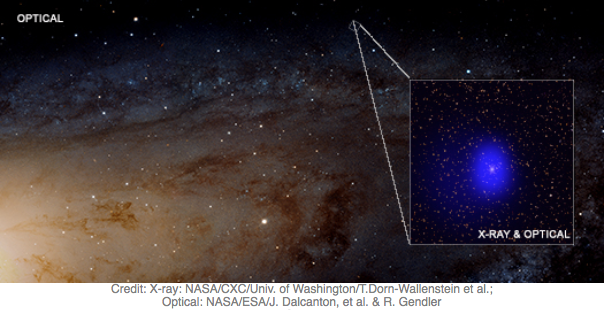
Astronomers used X-ray and optical observations to find out that a previously detected source is actually much more interesting than what was initially thought!!

Astronomers used X-ray and optical observations to find out that a previously detected source is actually much more interesting than what was initially thought!!

When a star passes close to a black hole (BH), the enormous gravitational force of the BH pulls the stellar material. This phenomenon is called “stelar tidal disruption”. During this process an immense amount of energy is released and the surroundings of the BH are brightened in an event called a flare. These flares contain high-energy radiation, including ultraviolet and X-ray light, that destroys any dust up to a radius around the black hole. It is like the BH uses these flares to clean its room!

Using a machine learning technique, astronomers from the National Observatory of Athens, estimated distances for about 90,000 X-ray galaxies!
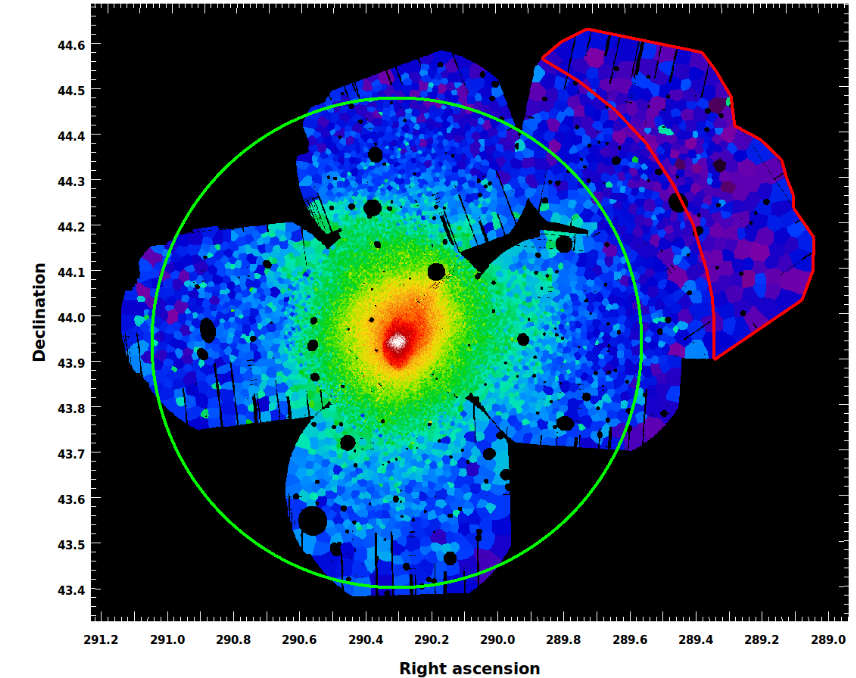
Galaxy clusters are the largest structures in the universe. The X-COP project tries to access the physical information on the thermodynamical properties of the hot plasma inside these structures.
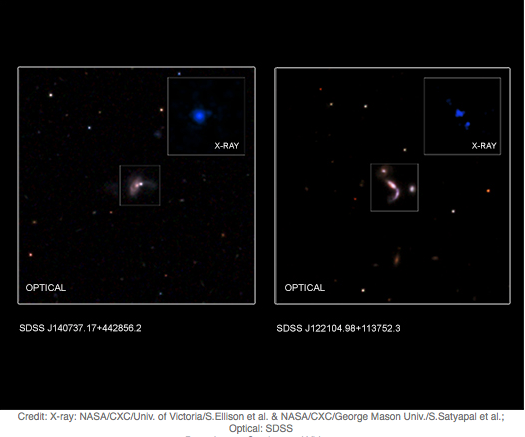
Super Supermassive Black Holes (SMBHs) are formed by galaxy collisions and usually reside at the centre of the galaxies. Most, if not all galaxies, host a SMBH. Single SMBHs have been detected all over the universe, but dual SMBHs have been difficult to find. Now astronomers used a novel method to identify five pairs!
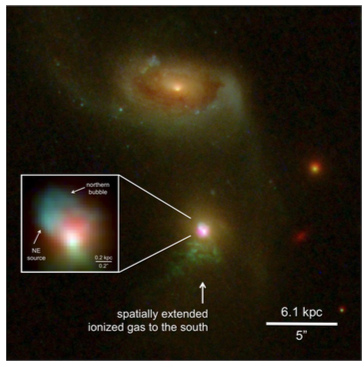
Astronomers detected an AGN, located 800 million light years away from Earth that presents evidence of turning off and on again.

Very massive stars during their lifetime may lose more than half their initial mass through winds. What is left is a hot core known as Wolf-Rayet (WR) star. The discarded outer layers that surround the star are called Wolf-Rayet nebula. Theoretical models predict that these WR nebulae should emit X-rays. Nevertheless, this X-ray emission has proved elusive. Now astrophysicists, using the XMM-Newton satellite, detected for the first time this X-ray emission from a Wolf-Rayet (WR) nebula.
AHEAD organises a school on High Resolution X-ray Astronomy, in Alicante, Spain. The school will take place on 14-17 November 2017 and is aimed to students and postdocs. Registration is now open and free of charge. For more information visit: http://webserver.javalab.ua.es/ahead/content/ahead-high-resolution-x-ray-astronomy-school
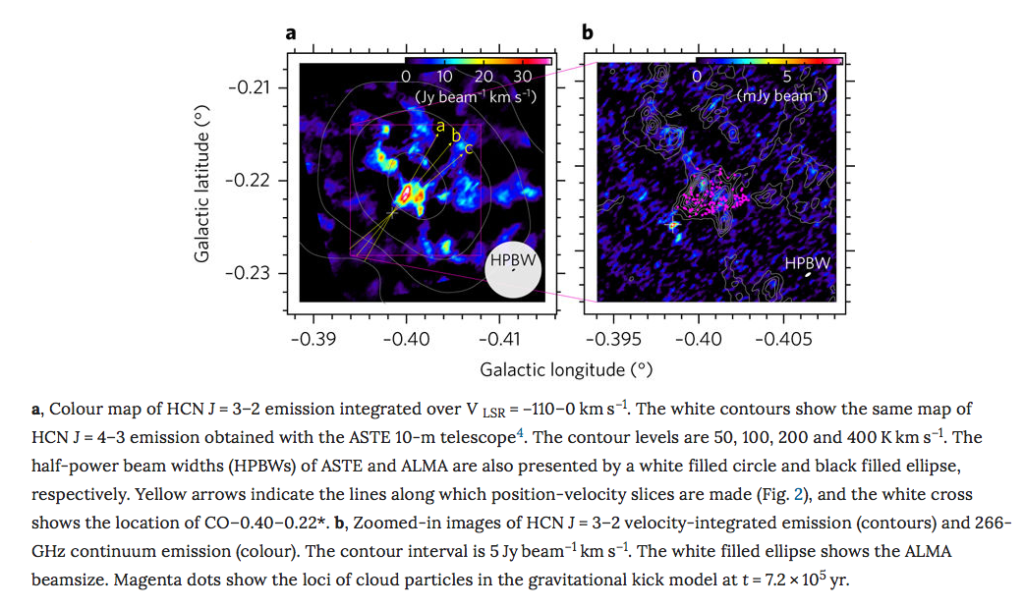
Black holes are divided, based on their mass, into supermassive black holes (SMBHs) and stellar black holes. The mechanism that creates the later, is well understood however, the origin of SMBHs remains uncertain. One possible scenario that has been proposed is that supermassive black holes are formed from smaller intermediate mass black holes (IMBHs) that merge together. But then, how are IMBHs formed? A new study tries to shed light to this question.
The Nicholas Copernicus Astronomical Center, Poland, is facilitating a gathering of astronomers from around the world at the Staszic Palace in Warsaw on September 6-8 to enhance the power of X-ray spectroscopy in astrophysics.